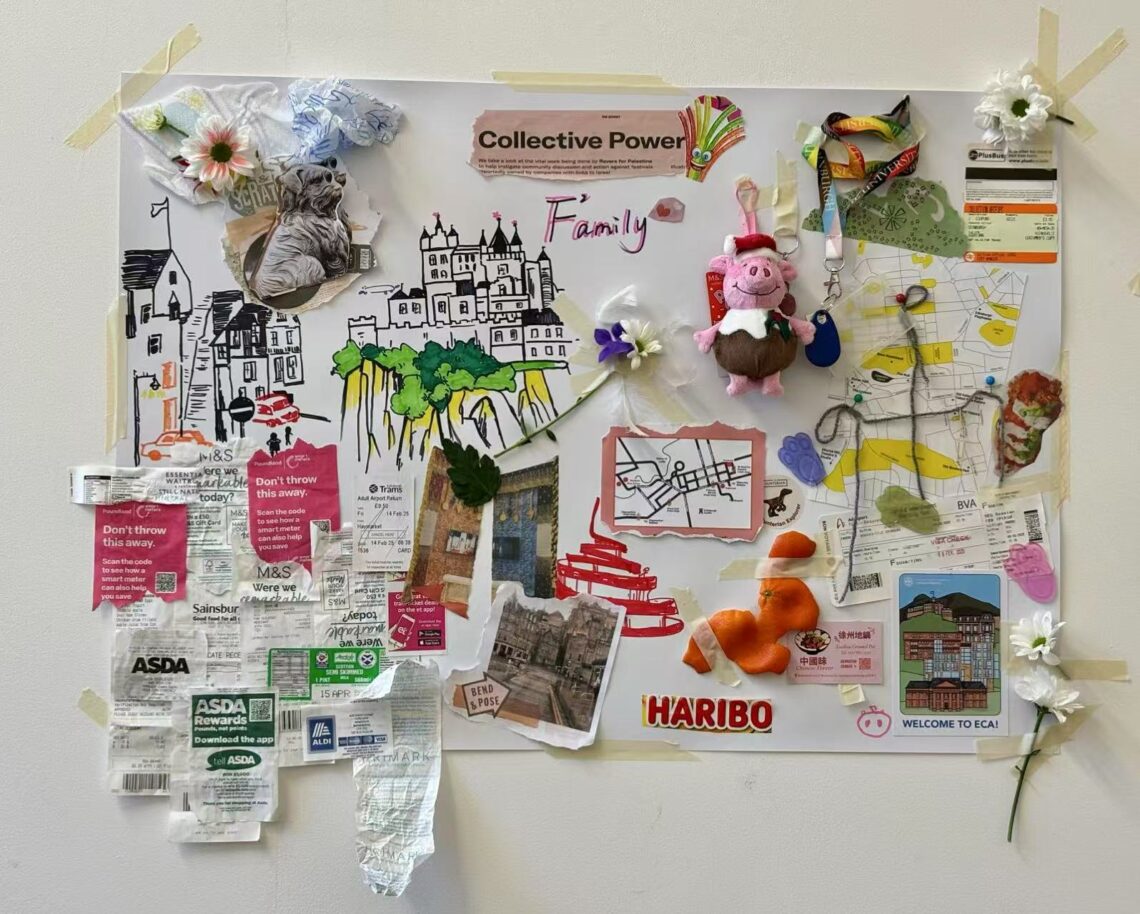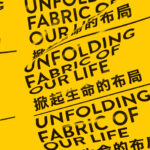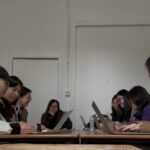This week, in the collective space, we organized a participatory art workshop with the theme of “Edinburgh Memories”. The core concept of this project is that the memory of a city does not only exist in the grand narratives of museums or archives; it is more deeply embedded in the daily experiences and bodily memories of each resident. As sociologist Halbwachs (1992) pointed out in his theory of Collective Memory, memory is not constructed in isolation by individuals but is generated through interactions within a social framework. Therefore, this workshop aimed to create an “unofficial” archive of Edinburgh memories through a cross-disciplinary approach involving objects, images, and oral narratives, thereby activating a more nuanced network of emotions and memories between individuals and the city.
✦ Project Structure and Objectives
This workshop was open to all groups living, studying, or working in Edinburgh, regardless of whether they are local residents, immigrants, or short-term foreign students. We set the number of participants at 15 to 25 and emphasized an open access principle of “no art background required”, giving each participant the identity of a “co-creator”.
In terms of the specific process, the workshop was divided into three stages:
1. Personal Narrative Stage: Each participant was invited to share a personal memory related to Edinburgh. These memories could be based on places, events, or people, triggering individual reflections on “place attachment”.
2. Co-creation Practice Stage: We guided participants to use personal items such as photos and ticket stubs to create a “collage-style” collective work on large blank sheets of paper. This stage embodies the curatorial logic of “constructing social relationships through shared participation” in Relational Aesthetics (Bourriaud, 2002).
3. Dialogue Sharing Stage: Through the process of presenting and narrating the works, a memory dialogue was constructed, where each participant was both a listener and a narrator. This two-way communication strengthened the “social dimension” of the art project.
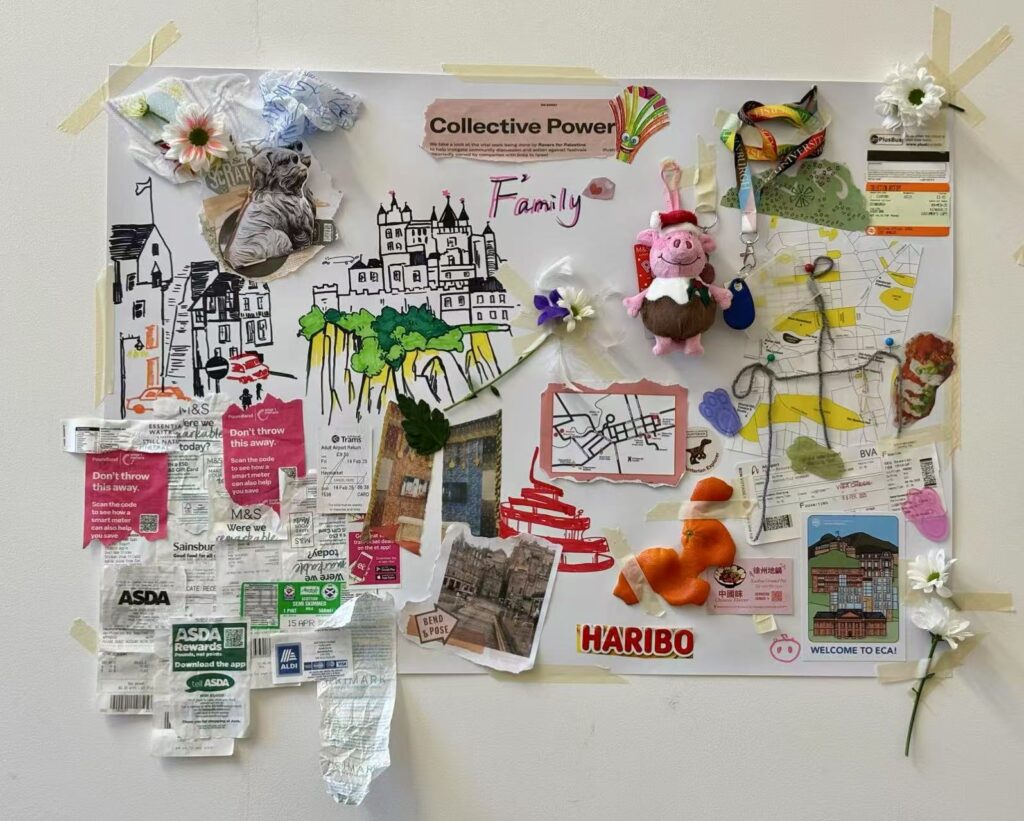
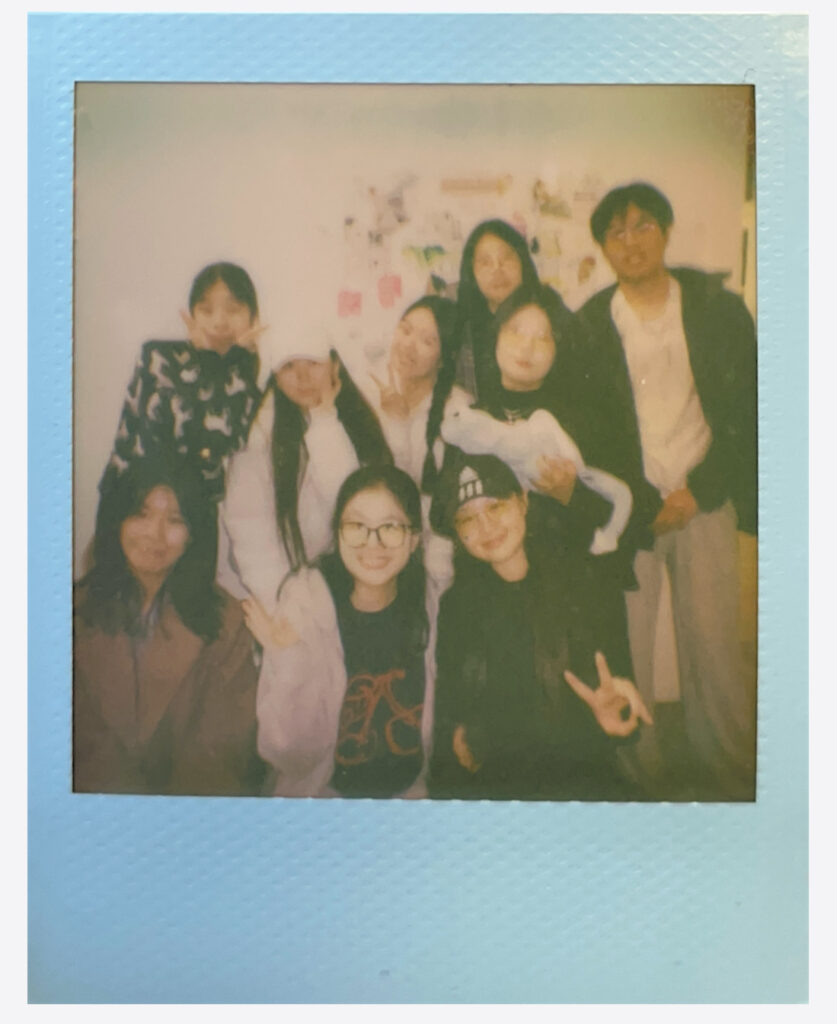
✦ Curatorial Theoretical Background and Practical Reflections
This project was deeply inspired by Participatory Curating and Relational Aesthetics theories. Meaningful participatory art is not merely about formal interaction but structurally involves the audience as part of the art production process – not only contributing content but also redefining the definition and boundaries of “art”.
The most enlightening aspect was how we broke down the boundaries between curators and participants. Each participant was not only a narrator but also took on the composite roles of artist and curator during the process. As organizers, we provided more of a platform rather than an exhibition, which was a methodological shift I experienced from this curatorial practice.
Reference
Halbwachs, Maurice. On collective memory. University of Chicago press, 2020.
Bourriaud, N. (2002) Relational aesthetics. Dijon: Les Presses du réel.
Bishop, C. (2012). Artificial Hells: Participatory Art and the Politics of Spectatorship. Verso.
